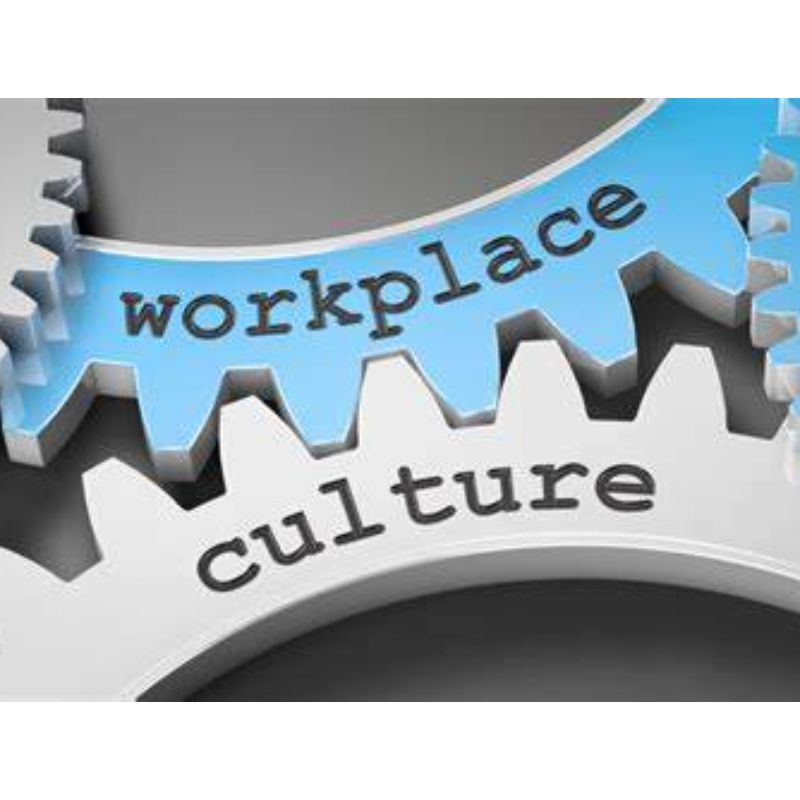
Your Company culture influences everything from financial performance to customer satisfaction.
That’s why investing in and strengthening your company culture makes strategic sense.
In this guide, we’ll explore what company culture is, why it matters, and how you can improve it for everyone’s benefit.
Your company culture should be something tangible, even to an outsider.
It encompasses everything; what you do, how you do it, your systems, values, behaviours, goals, and the experience you create for both employees and customers.
At its heart, company culture is simply how things get done in your workplace.
Imagine this: a stranger walks into your business.
What’s their experience?
Or:
These scenarios reflect very different company cultures.
The first conveys warmth, positivity, and approachability, while the second feels impersonal and unwelcoming.
Company culture is the social fabric of your organisation, shaping attitudes and behaviours.
It is influenced by several factors, including:
A strong company culture directly impacts performance indicators, such as:
When a company’s culture is thriving, it is inclusive, rewarding, and aligned with employees' values. This will foster happiness, engagement, and motivation boosting efficiency, creativity, and productivity.
A great culture doesn’t just benefit your current team; it also strengthens your reputation and attracts top talent. It reinforces your employer branding.
To improve your culture, it’s important to understand where your business currently stands. Companies typically align with one or more of these eight culture styles:
Caring – Relationship-focused and trust-driven. These workplaces are collaborative and supportive, with leaders who prioritise sincerity and teamwork.
Purposeful – Rooted in tolerance and compassion, with employees motivated to make a positive impact. Leaders emphasise sustainability and shared values.
Learning – Innovative, open-minded, and creative workplaces that foster exploration. Leaders encourage curiosity and forward-thinking.
Enjoyable – Centred on fun and excitement. These workplaces are light-hearted, with leaders who promote spontaneity and humour.
Results-focused – Driven by achievement and success. These workplaces are goal-oriented and merit-based, with leaders who emphasise performance.
Authoritarian – Competitive and control-driven, with confident leaders who focus on dominance and structure.
Safety-focused – Built on security, planning, and preparedness. These workplaces are predictable, risk-conscious, and led by detail-oriented leaders.
Orderly – Structured and rule-driven, with an emphasis on respect, consistency, and shared norms.
Many businesses blend elements from different styles, though conflicting styles (e.g., safety and learning) can create challenges.
Follow these steps to strengthen your company culture:
Understand your current culture
Begin by evaluating your workplace. Gather employee feedback and observe behaviours. Identify both strengths and areas that need improvement.
Define your ideal culture
Pinpoint the values, behaviours, and goals you want to emphasise. Consider which cultural styles align best with your business objectives.
Create a manifesto
Document your company’s values, goals, and expectations. Share this widely within your organisation and use it as a foundation for hiring and internal alignment.
Implement supportive policies
Foster employee well-being with initiatives such as:
Reinforce positive behaviours
Recognise and reward actions that reflect your desired culture. Celebrate achievements and ensure leadership models the cultural values you aim to instil.
Improving your business’s culture may feel daunting, especially if you’re addressing it formally for the first time. Whether you need guidance from the ground up or want to assess your culture before making changes, we’re here to help.
Get in touch to start the conversation and take the first step toward a stronger company culture.

© HR Solve It 2021-2025 - All Rights Reserved
| Company Number: 13590911 Registered In England & Wales | Website by  | Privacy Notice & Cookie Policy
| Update cookies preferences
| Privacy Notice & Cookie Policy
| Update cookies preferences